DC's cult-classic Secret Six are in the spotlight again
Fans are clamoring for more of Gail Simone's Secret Six saga, and the team could make its way to the movies
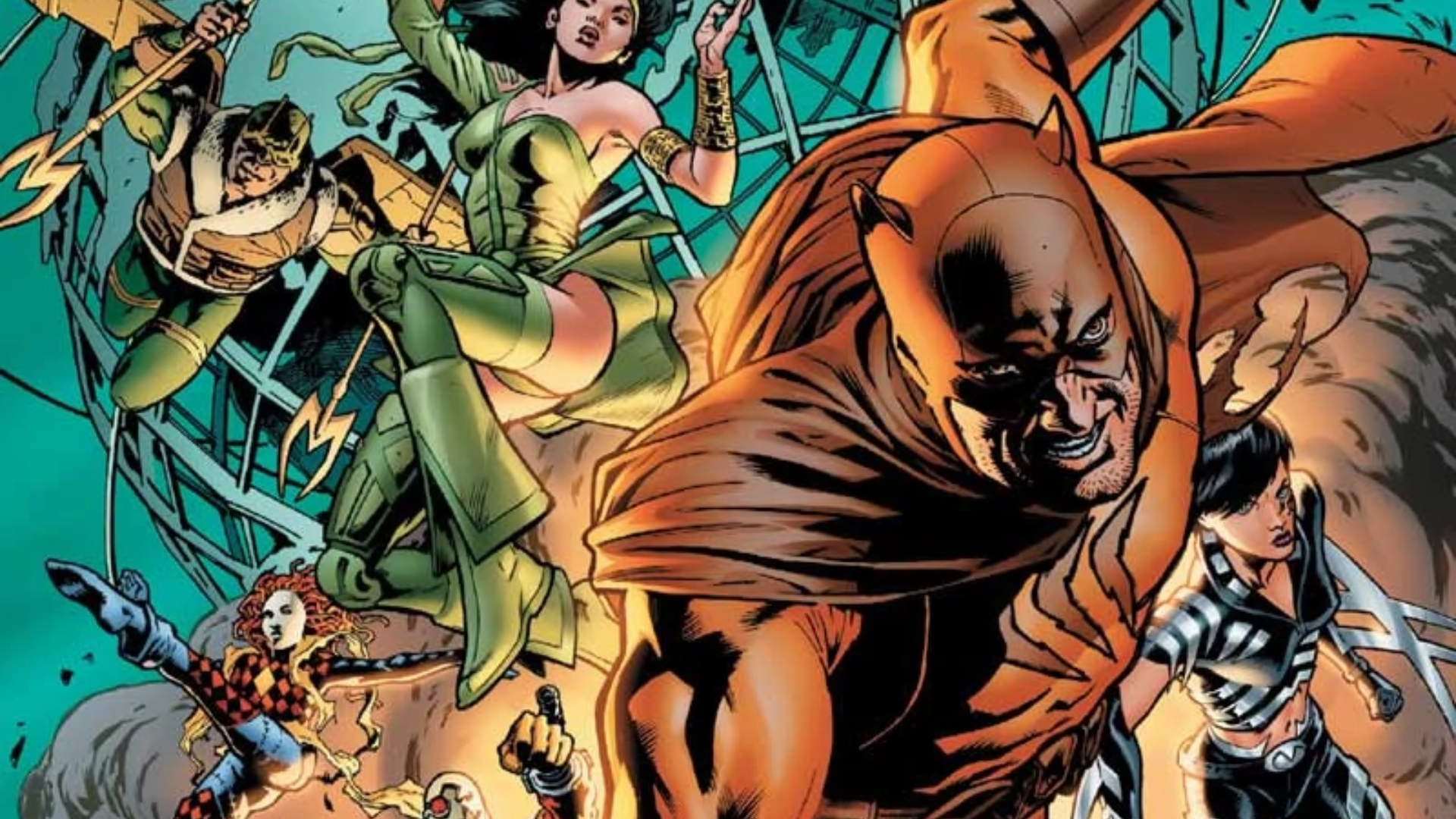
You may have noticed the Secret Six trending on social media the last few days, for a couple of reasons.
For one thing, writer Gail Simone tweeted a question for readers of her comics: "If I was to go back to do one more series of any character/book I had done in the past, which book would you most like me to return to?"
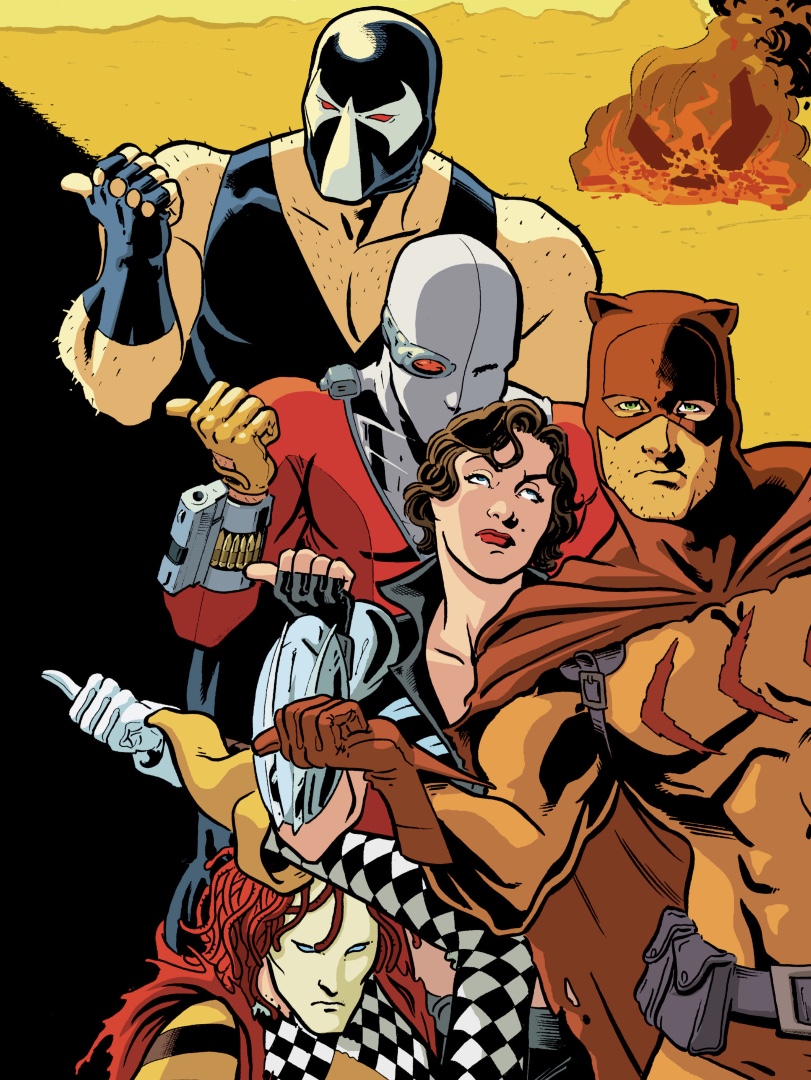
Hundreds of people replied to Simone's tweet, with answers ranging from Marvel's Domino to DC's Barbara Gordon – but the most popular request by far was more Secret Six. In fact, the cult-classic team was a Twitter trending topic for hours.
Simone later tweeted, "Wow, Secret Six is trending. Hey, @DCComics! The people want more Catman!" And later, after she apparently returned from a nap: "I can’t believe Secret Six has been trending all morning while I was taking a nap. That’s kind of cool."
Meanwhile, the Secret Six were also mentioned in regards to the "reset" at Warner Bros. Discovery that included the cancelation of the Batgirl movie, which baffled fans and filmmakers alike. DC Films president Walter Hamada reportedly nearly left the company after learning about Batgirl's fate, but he was convinced to stick around until at least October when Warner Bros. will finally release Black Adam.
Before Discovery acquired Warner Bros., Hamada had plans to release multiple DCEU films each year. He joined the company in 2018 to figure out a new course for DC's film slate after Zack Snyder's plans were scrapped following 2017's messy Justice League release. Among Hamada's plans, per THR, was a new take on Crisis on Infinite Earths and – surprise! – the potential introduction of the Secret Six.
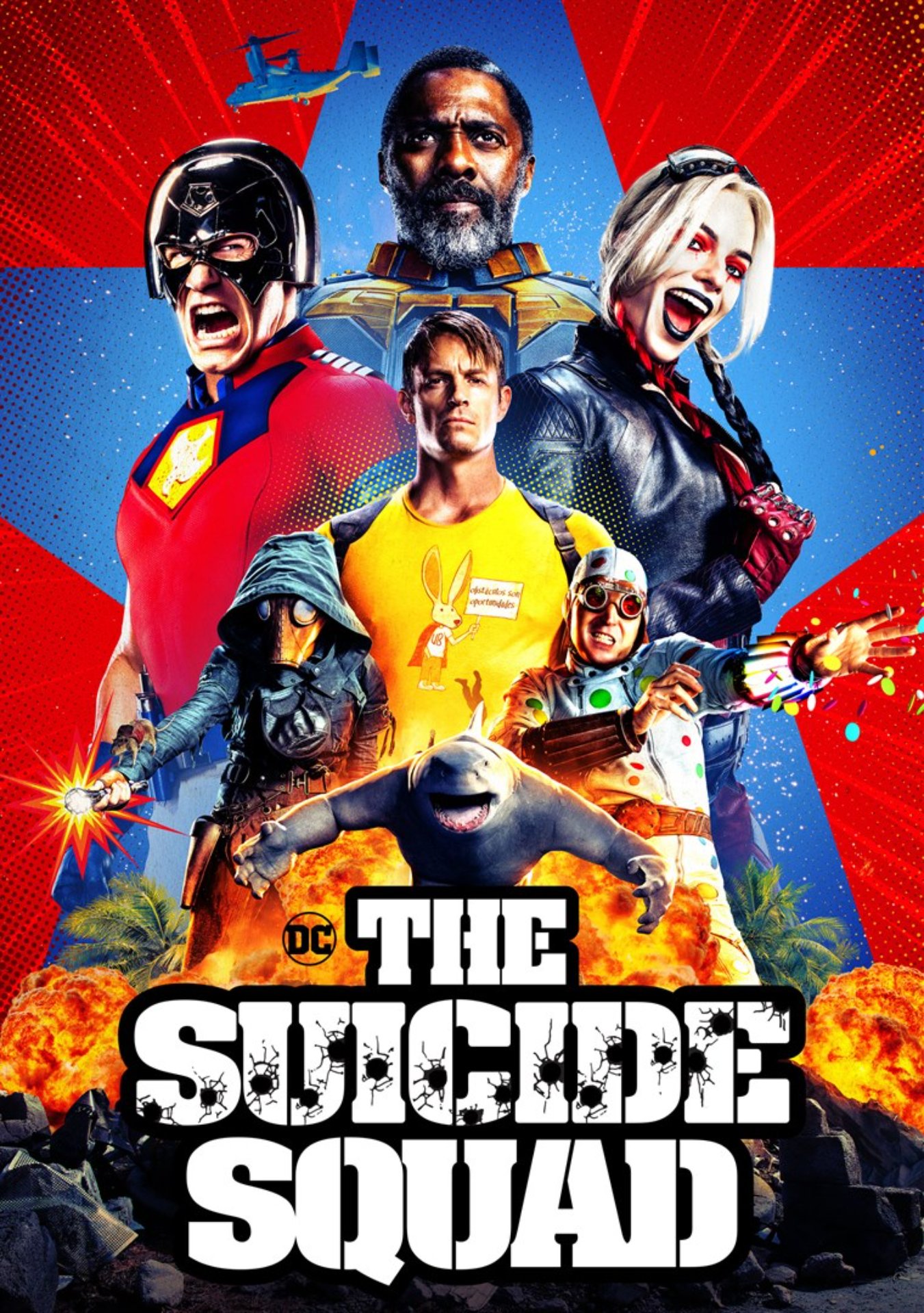
Now, Warner Bros. Discovery CEO David Zaslav says there will be a team creating a 10-year plan for DC, though it's unclear who will be on that team. THR reports that certain projects – like the upcoming Blue Beetle film and director James Gunn's slate – will move forward.
Get the best comic news, insights, opinions, analysis and more!
That may mean we'll get to see the Secret Six on the big screen even if the rumors surrounding Hamada's plans turn out to be false, or if he leaves the company and takes his ideas with him. Why?
Because Gunn's 2021 film The Suicide Squad seems to have Simone's Secret Six baked right into its DNA.
Gunn was upfront about how heavily the film was influenced by writer John Ostrander's run on Suicide Squad in the '80s, which redefined the team. Like Ostrander's Suicide Squad, Secret Six takes a little-known Silver Age DC team of soldiers and operatives and reinvents the concept into a team of supervillains coerced into working for an unknown conspirator.
Unlike the Suicide Squad, the Secret Six don't answer their ruthless employer for long, quickly striking out on their own - off the leash, and often into the path of the worst evils and greatest heroes of the DC Universe.
Secret Six is beloved by fans and its creators alike. In fact, in 2021 Simone - who was thanked in the credits of The Suicide Squad in part for co-creating some of the film's characters - said the film made her long to return to the Secret Six someday.
"Dammit, The Suicide Squad makes me want to write more Secret Six," Simone tweeted following the wide release of the film, well before her more recent Twitter inquiry that got the team trending, with fans chiming in then as well with their support of a Secret Six revival.
Now that fans have poured out in droves a second time to tell Simone how badly they want her to write the team again, it seems possible DC will listen – at least on the comic book side. Whether the team ever makes it to the big screen remains to be seen, but in the meantime, here's all you need to know about the Secret Six.
Who are the Secret Six?
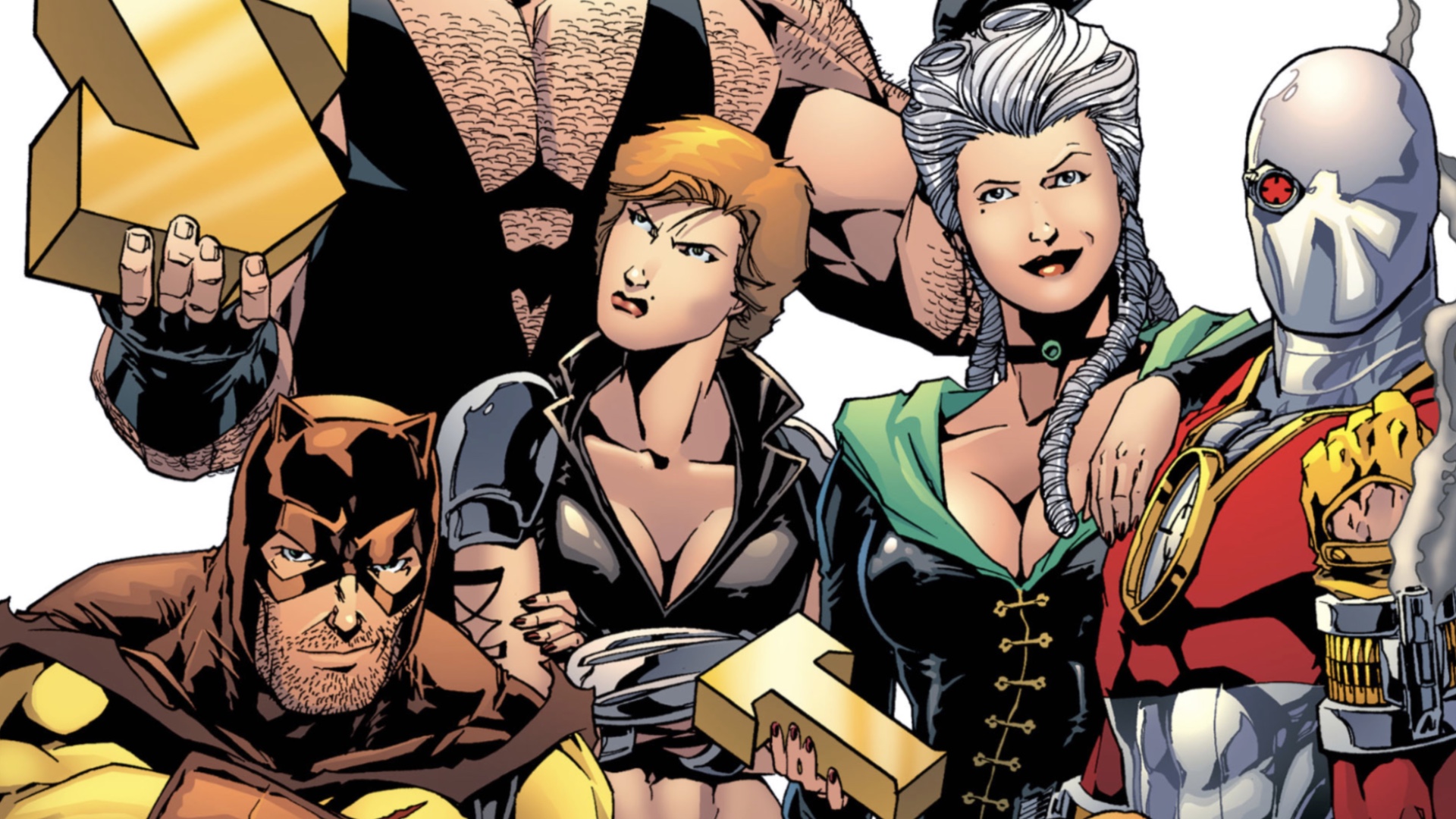
The original Secret Six was a Silver Age DC team of espionage agents who answered to a mysterious boss named Mockingbird (think Charlie's Angels meets James Bond). Though the original concept of the team got a brief revival in the '80s, the updated version only had a few appearances and stuck pretty close to the original in terms of tone.
Then in the early '00s, DC launched Villains United, a six-issue limited series from writer Gail Simone and artist Dale Eaglesham that was part of a group of stories meant to introduce concepts that would be central to the reality-altering Infinite Crisis event title to follow.
Villains United introduced a new Secret Six comprised of B-list DC villains including Deadshot (then at the start of his renaissance of popularity), Catman (an obscure Batman villain who was a self-admitted rip-off of Catwoman), Ragdoll (a successor to the Golden Age villain of the same name), Scandal Savage (daughter of immortal villain Vandal Savage), and a rotating cast of further members who came and went - usually in violent ways.
The new super villain-y Secret Six is also organized and led by Mockingbird - in this case secretly Lex Luthor, who is manipulating the Secret Six as part of a scheme also involving his Secret Society of Supervillains, a veritable army of villains all doing Luthor's bidding.
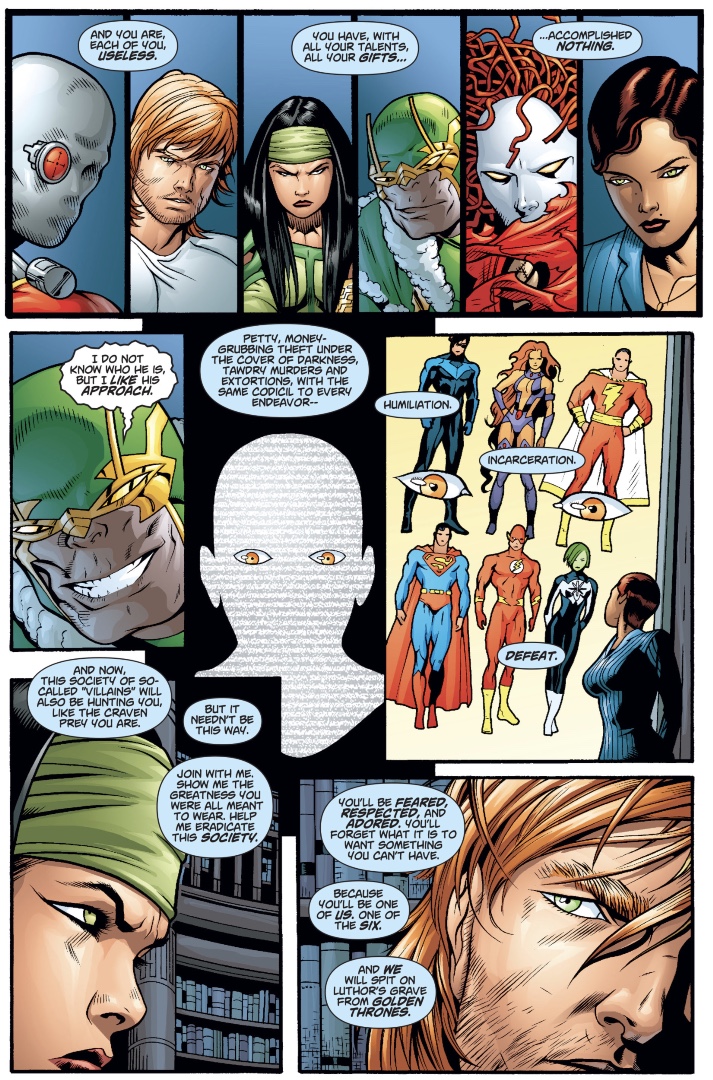
Following Infinite Crisis, the Secret Six break away from Luthor and strike out on their own as mercenaries in a new Secret Six title from Simone and artist Brad Walker. With this new series, Simone and Walker bring in Scandal Savage's lover Knockout as the fifth long-term member, with the team's sixth roster spot again filled by, well, fodder (the exception being Harley Quinn, who manages to quit the team without dying).
Throughout Villains United and the Secret Six limited series, Simone establishes a tone of breakneck, unflinching violence the likes of which is usually relegated to Quentin Tarantino movies - all undercut with a current of hysterically prurient humor and frank sexuality that invests readers into even the weirdest (and shortest-lived) members of the Secret Six (sound familiar, The Suicide Squad viewers?).
She also brings her entire cast to the forefront of the DC Universe in a way that belies their humble origins as brand new characters or revamps of generally unused concepts.
Catman goes from being a Z-list '50s Batman villain to DC's most gifted hunter - something akin to DC's version of Spider-Man villain Kraven the Hunter. Deadshot becomes the DC Universe's unlikely straight man with a kind of brutalist everyman take on all the weirdness around him. Scandal Savage becomes one of the most effective and interesting anti-heroes in the DC Universe, as well as one of DC's first openly queer lead characters. And Ragdoll - well, Ragdoll is maybe one of the weirdest, most bizarre characters DC's ever put on the page.
Secret Suicide Squad Six
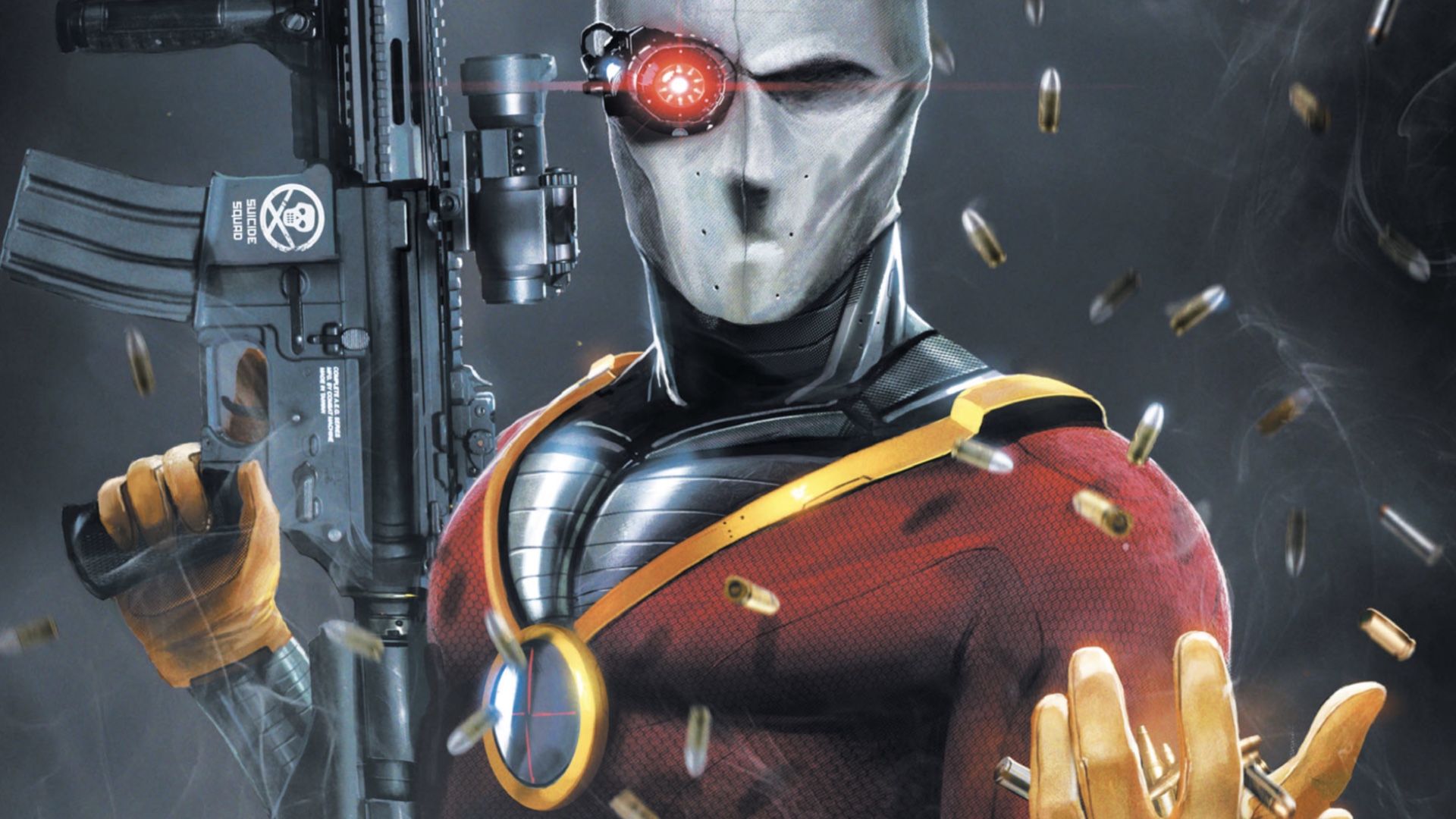
Following the Secret Six limited series, Simone went on to write a long-running Secret Six ongoing title, primarily drawn by artists Nicola Scott and Jim Calafiore, which reunited Catman, Deadshot, Scandal, and Ragdoll - this time with rounding out the team with Batman nemesis Bane and a new character named Jeanette - a literal banshee who is also Scandal Savage's on-again-off-again paramour (one of a few from her storied past).
Throughout this time, the Suicide Squad is largely unseen in the DC Universe, though Deadshot is shown returning to work for Amanda Waller a few times in between stints with the Secret Six, and the connections between the teams only grow over the course of the ongoing title.
For one thing, writer John Ostrander, who revamped the Suicide Squad and added Deadshot to the team in the '80s, wrote two guest stories focusing on Deadshot (Secret Six #15 and Secret Six #23). Ostrander's classic Suicide Squad title was also revived for a single one-off issue, Suicide Squad #67, which crossed over with Secret Six.
Early in the ongoing title, the team discovers a literal 'Get Out of Hell Free' card which will save the bearer from a life of eternal damnation with the demon Neron, which puts the team in the crosshairs of dozens of super villains who all want the prize that will save them from their inevitable, grisly fate (remember that bit perhaps...hint hint).

Shortly thereafter, the team fractures, with Bane taking over as leader, and Scandal, Deadshot, Catman, and Ragdoll finally departing and going their separate ways. Chief among Bane's new recruits to the team is King Shark, who goes from being a seldom-used Superboy villain and Suicide Squad also-ran to the Secret Six's comic relief as a "shark, not a… talking guy," with his tenure on the team kicked off with the now-infamous "I'M A *&^%$#@ SHARK!" page.
The Secret Six's final story takes Bane back to Gotham City, with his team on a mission to kill a bunch of Batman's friends including Catwoman, Tim Drake, and Azrael - only to get their entire asses kicked in by an army of superheroes.
After that, the DC Universe rebooted following the story Flashpoint, with Gail Simone once again bringing together a version of the Secret Six for a short-lived title in the 'New 52' era, which kicked off by reviving the Suicide Squad with some elements of the tone and characters taken from Simone's Secret Six.
Most recently, the name Secret Six was used for a group of six heroes who were subverted by the villainous Batman Who Laughs in a relaunched Batman/Superman title, who had no connection to the preceding version of the team.
How the Secret Six could appear in the DCEU

By the end of The Suicide Squad, the remaining team members have formed a bond of apparently real friendship and camaraderie through their shared fight with Starro. The survivors, seen by the public as heroes for defeating the alien menace, escape from Amanda Waller's control by stealing secret data about Starro which they promise to release if she comes after them. Her interests secured, Waller agrees to the survivors' terms.
That sounds a lot like the way the Secret Six manage to escape from Mockingbird/Lex Luthor in their first comic book story - and how they scored a 'Get Out of Hell Free' card, only to put themselves in the crosshairs of the worst villains of the DC Universe.
If James Gunn and Warner Bros. are looking for a place to take the survivors of The Suicide Squad next, they could leave Task Force X's nickname to Amanda Waller and strike out on their own as the Secret Six (give or take some folks). They could be on the run as everyone on Waller's list tries to retrieve the collateral that won them their freedom, maybe even culminating in a huge throwdown with a massive collection of superheroes. It could be a perfect direction to go.
In the meantime, Gail Simone's Secret Six saga is still a clear fan favorite. It remains one of the best representations of The Suicide Squad's action and tone in DC comics, seemingly informing the movie perhaps as much as the comics that actually bear its name.
These are the best DC Comics stories of all time.
I've been Newsarama's resident Marvel Comics expert and general comic book historian since 2011. I've also been the on-site reporter at most major comic conventions such as Comic-Con International: San Diego, New York Comic Con, and C2E2. Outside of comic journalism, I am the artist of many weird pictures, and the guitarist of many heavy riffs. (They/Them)
- Samantha PucEditor, Newsarama



